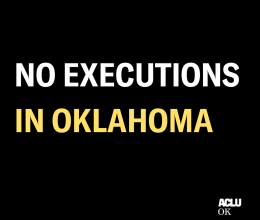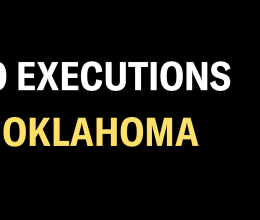
Julius Jones is seeking relief from his death sentence per a procedure clearly allowed by law and regulation.
Under Article 6, Section 10 of the Oklahoma Constitution, the Governor is given the authority to reduce criminal sentences upon favorable recommendation of the Pardon and Parole Board. The Board has developed two mechanisms to process requests for such a recommendation.
One method known as “Clemency” is exclusive to death sentences. The other method, “Commutation” is, by its terms, more generally available. Each procedure, unsurprisingly, has its own characteristics including both advantages and disadvantages.
The Commutation procedure can be used at most anytime. However, the presentation of the case allowed thereunder is quite brief and summary. Also, applicants must pass through an initial screening hurdle before perhaps being passed to a stage two where an actual up or down recommendation can be made. A thumbs down at either step ends the bid with no recommendation to pass to the Governor.
While this procedure has been used so far by non-capital applicants there is nothing to preclude it from being used to seek reduction of a death sentence. It applies to sentences generally, of which a death sentence is certainly one.
The Clemency procedure, which has traditionally been used to seek relief from death sentences, cannot be launched until an execution date has been set. However, it allows significantly more opportunity to explain and support the request. This expanded presentation is often critical to a full opportunity for the applicant to develop the request and seek the recommendation of the Board. But it may not be essential in every case.
Mr. Jones has applied under the Commutation process. He is entitled to do so. There is no reason not to process his application. The Board is authorized to consider his application and should proceed to do so.


